Talking travel
Hiroyuki Fushitani, Tomoe Makino and Takahiro Saito discuss the future of Japan’s tourism industry
The coronavirus pandemic has caused unprecedented changes to the way we travel, but does the crisis offer an opportunity for Japan to rethink its tourism industry? In February 2021 a special meeting was held between three leading figures from the travel and entertainment industries to discuss what comes next. Here is an edited transcript of that conversation.
The panel
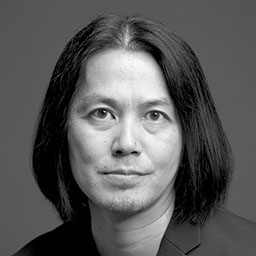 Hiroyuki Fushitani: Time Out Tokyo CEO
Hiroyuki Fushitani: Time Out Tokyo CEO
and Representative Director of the Japan
Organization for Regional Globalization
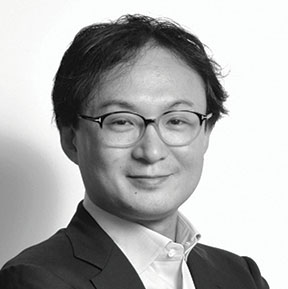 Tomoe Makino: Japan Tourism Bureau (JNTO)
Tomoe Makino: Japan Tourism Bureau (JNTO)
Digital Strategy Advisor and Representative Director
of the Foundation for Meta Tourism
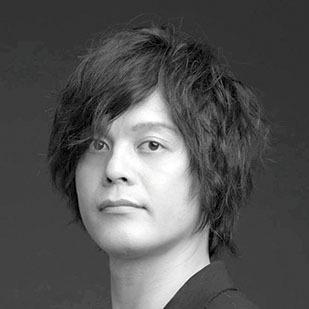 Takahiro Saito: Representative Director of
Takahiro Saito: Representative Director of
the Japan Nighttime Economy Association
Hiroyuki Fushitani: For the past few years, I have been working with Mr. Saito, Mr. Makino, and others to figure out how to improve tourism, but nothing could have prepared us for the events of 2020.
Takahiro Saito: The Japan Tourism Agency was established in 2008 when the decision was made to promote tourism as one of the key pillars of the economy. The weak yen and the easing of visa rules helped increase the number of foreign visitors to Japan fivefold between 2009 and 2019, but then the coronavirus pandemic came along…
Fushitani: Before the coronavirus, we were experiencing ‘over-tourism’ in places like Kyoto, with too many people visiting one place, which caused trouble for residents. When people start traveling to Japan after the pandemic, will Japanese people think of tourism as a benefit to their lives?
The weak yen and the easing of visa rules helped increase the number of foreign visitors to Japan fivefold between 2009 and 2019
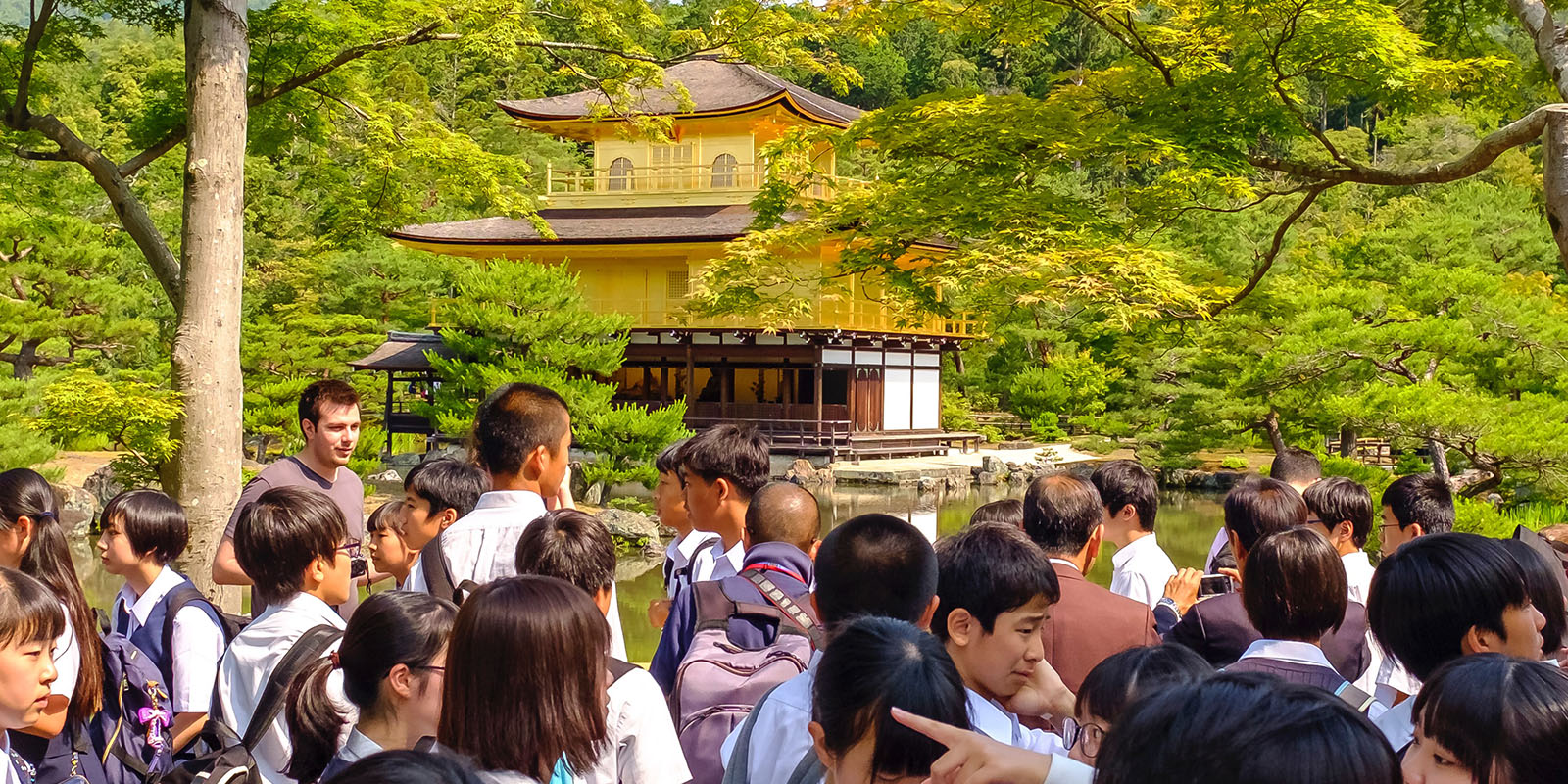 Martijn Baudoin/Unsplash
Martijn Baudoin/Unsplash
Tomoe Makino: Tourism in Japan so far has mostly used a maximalist stance, where a single element, like a castle in Kyoto, would attract a million people. My idea is to shift to ‘meta-tourism’. We need to turn less well-known places into tourist attractions. Historic sites, Instagrammable spots, movie locations, pilgrimage destinations for anime fans… Meta-tourism doesn’t need to be large scale. If you can think of 100 things that each attract 10,000 people, you get a million visitors in total.
Fushitani: Mr. Saito, you helped open up new possibilities for night-time tourism by easing the restrictions of Japan’s Entertainment Control Act, right?
Saito: The Japan Tourism Agency gradually began to think that the night-time economy could be really attractive for foreign tourists. For the past two years, the Agency has been working to encourage more night-time activity, but due to the pandemic, the night-time economy itself has disappeared. It will need help to recover in the right way. It’s a field in which culture is born and where new value is created. If we focus only on numbers, we will just end up creating a lot of standardized, mass-tourism products. But is that the only value of nightlife?
We need to move away from the travel agency-led mass tourism of past decades and let individuals think and travel on their own
Fushitani: It comes down to what kind of society and values we want to emphasize. We need to move away from the travel agency-led mass tourism of past decades and let individuals think and travel on their own. It’s not just about seeing the sights – it’s about experiencing the culture and having it impact your own life.
Makino: Meta-tourism will increase our options. It will become possible for 100 people to travel for 100 different purposes.
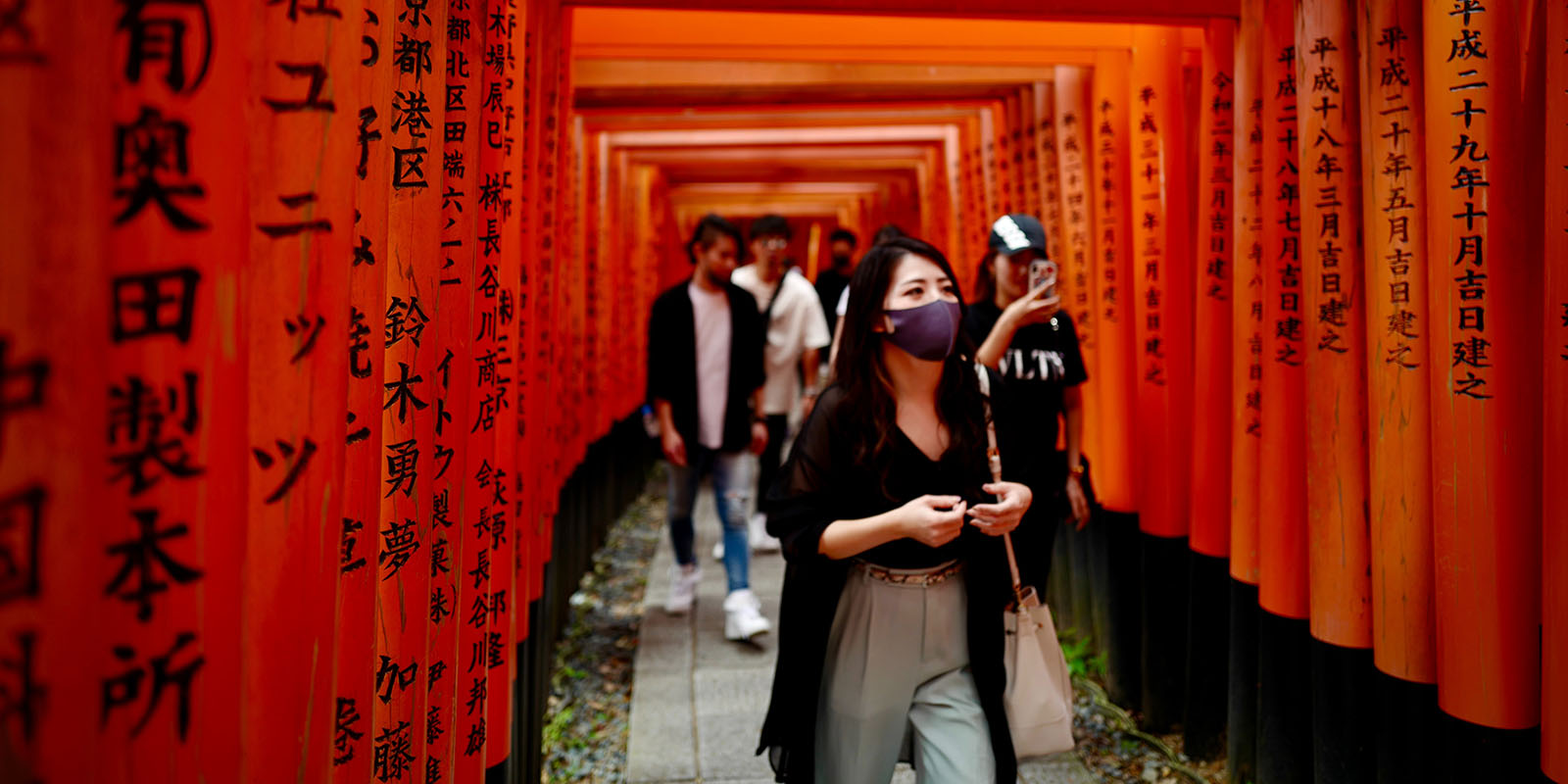 Kazuo Ota/Unsplash
Kazuo Ota/Unsplash
Meta-tourism will increase our options. It will become possible for 100 people to travel for 100 different purposes
Fushitani: I feel like the development you described is what enriches our lives. A steady stream of visitors can make sustainable tourism possible. The Japan Organization for Regional Globalization, which I recently established, aims to help regions appeal internationally while retaining what makes each area special.
Saito: The Japan most foreign tourists have seen until now is only one hundredth of this country. After the pandemic, I think people will really be able to experience what’s great about Japan.